Psychosocial Hazard Prevention Management
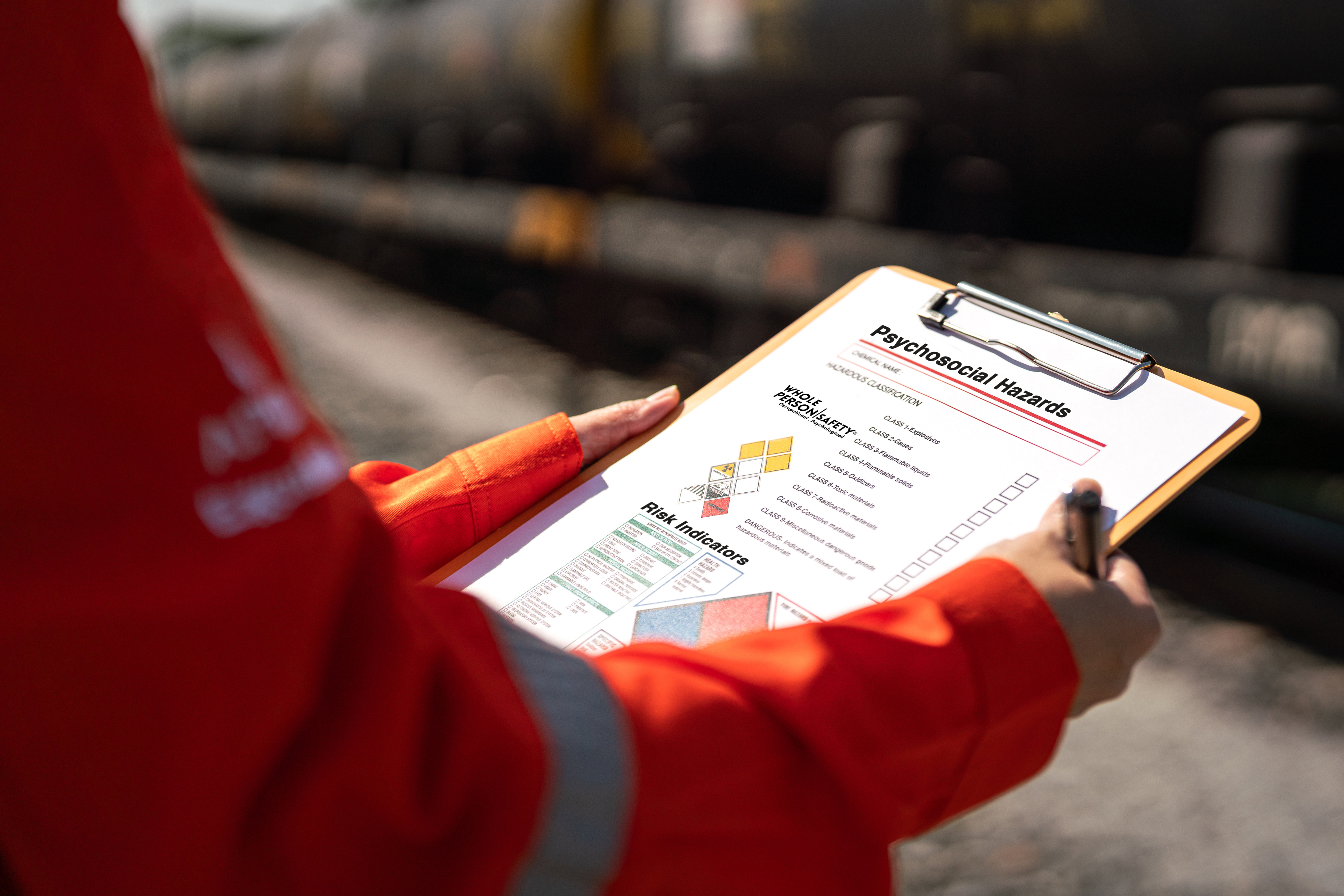
Organizations that actively address psychosocial hazards can see up to a 60% reduction in workplace stress and a 50% improvement in employee engagement and productivity. Imagine a work environment where employees are not only free from fear but empowered to innovate and excel. By removing these barriers, we can transform workplaces into hubs of resilience and high performance, fostering a culture where people genuinely want to work and thrive.
Yet, too many workplaces fail to recognize the profound impact that psychological safety and accountability have on operational success. When employees operate in an environment where fear, uncertainty, and disengagement take hold, the result is low morale, high turnover, increased safety incidents, and lost productivity.
A workplace culture that prioritizes accountability and psychological safety doesn’t just protect employees, it fuels business excellence
The Cost of Ignoring Psychosocial Hazards
Psychosocial hazards erode workplace culture from the inside out. Unchecked stress, burnout, toxic leadership, lack of role clarity, and workplace incivility lead to disengagement, conflict, and systemic dysfunction. Without preventative measures, organizations face:
- Higher rates of absenteeism, turnover, and employee dissatisfaction
- Diminished productivity and increased human error
- Greater financial and reputational risks due to workplace incidents
- Weakened leadership integrity and fractured team cohesion
Ignoring psychosocial hazards is not just a business risk with long-term consequences. To build a future-ready workforce and organization must recognize accountability as a catalyst for growth and psychological safety as the foundation of innovation and engagement. When employees feel safe to speak up, take initiative, and collaborate without fear, they bring their best ideas, their full potential, and their long-term commitment to the organization.



By implementing the strategies, principles and practices of Whole-Person Safety, workplace cultures can be transformed into a place of innovation, collaboration fostering a culture of trust, open communication, and a supportive leadership that enables and empowers your team to achieve higher levels of productivity and well-being.
Workplace safety is not just about preventing physical injuries, it requires protecting employees’ psychological health and safety from the hidden risks that drive stress, disengagement, and instability.
Psychosocial hazards are the workplace conditions, leadership behaviors, and systemic barriers that undermine psychological safety, creating environments where employees feel uncertain, unsupported, and vulnerable to harm.
These risks lead to:
- Erosion of psychological safety & trust – When employees feel unsafe speaking up, accountability weakens.
- Increased safety incidents – Chronic stress and mental fatigue lead to lapses in judgment and risk-taking behavior.
- Burnout & performance breakdowns – When emotional strain builds, productivity and focus decline.
- High turnover & absenteeism – Employees leave environments that disregard their mental well-being.
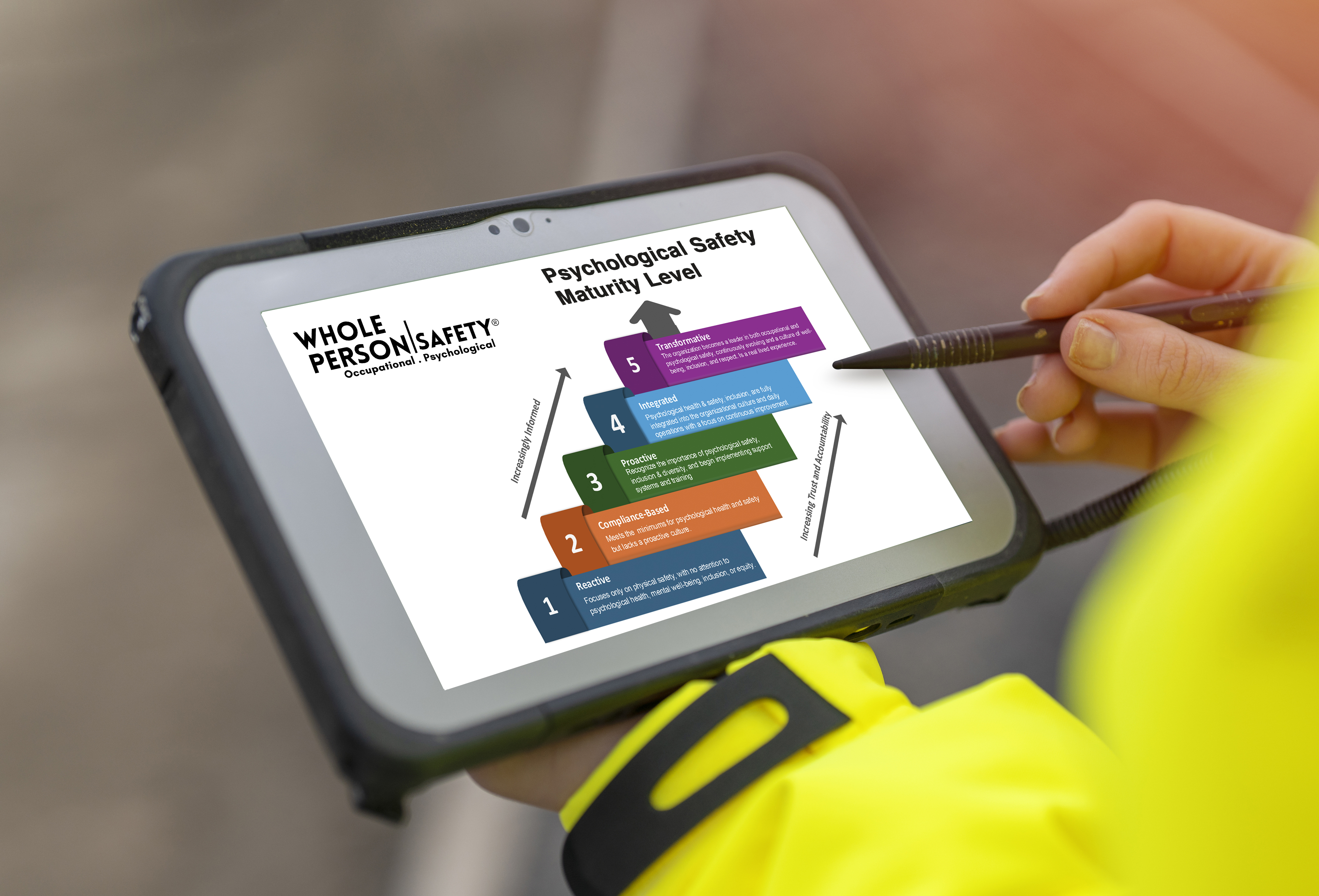

When workers spend long hours in physically taxing environments and environmental conditions that are not managed it can lead to chronic fatigue, depression and increased injury risks. When built environments are not designed to be accessible, inclusive and respectful to a human’s fundamental needs, it can create an increase in fear, exclusion and significantly impact the physical, physiological and psychological health.

Employees exposed to traumatic events, witnessing or being involved in life-threatening situations, near-misses, or hazardous material can cause psychological distress, anxiety, and post-traumatic stress disorder (PTSD). Additionally, workers dealing with hazardous materials, biohazards, or emergency spill responses may experience emotional strain from their work, especially if proper debriefing or mental health support is lacking.

When workers spend long hours in physically taxing environments and environmental conditions that are not managed it can lead to chronic fatigue, depression and increased injury risks. When built environments are not designed to be accessible, inclusive and respectful to a human’s fundamental needs, it can create an increase in fear, exclusion and significantly impact the physical, physiological and psychological health.
Change Management

Relationships and Interactions
In highly structured, fast-paced industries, poor workplace relationships can lead to tension, distrust, and decreased productivity. Poor communication, favoritism, exclusion, or unresolved disputes between coworkers or supervisors can create a toxic work culture. A lack of team cohesion, misalignment of goals, or disrespectful interactions can impact safety, decision-making, and job satisfaction. If left unaddressed, interpersonal conflicts may lead to harassment claims, increased turnover, and lost operational efficiency.
Relationships and Interactions

Bullying in the workplace often manifests as intimidation, excessive criticism, deliberate exclusion, or undermining someone’s work. It may be perpetrated by supervisors, coworkers, or managers and can be exacerbated in male-dominated industries where harsh leadership styles or a "tough it out" culture is prevalent. Bullying creates stress, anxiety, and decreased confidence in employees, leading to high turnover, disengagement, and lower workplace morale.

Gender-Based Harassment
Workplace harassment includes unwanted comments, gestures, discrimination, inappropriate physical contact, or offensive jokes based on gender, race, or other protected characteristics. Without strong policies and enforcement, harassment can drive skilled workers away, increase legal risks for companies, and create an unsafe working culture.

Organizational justice refers to how fairly policies, procedures, and decisions are applied within a workplace. In industries where favoritism, inconsistent disciplinary actions, or unfair work allocation exist, workers may feel disrespected, undervalued, or resentful. Unequal treatment in promotions, pay, workload distribution, or dispute resolution undermines trust in leadership and can create division within teams.

When employees feel undervalued for their efforts, are not compensated fairly, or do not receive acknowledgment for contributions to safety, innovation, or productivity, it leads to low morale, disengagement, and job dissatisfaction. Over time, a lack of recognition contributes to higher turnover rates and difficulty attracting skilled talent.
and Recognition

Violence and aggression in these industries can come from coworkers, supervisors, clients, or external stakeholders. In high-pressure environments, conflicts can escalate into verbal or physical altercations. Additionally, workplace substance abuse, power imbalances, or high-stress conditions can contribute to violent behavior. Without strict policies and enforcement, workplace aggression can create a climate of fear, reduced teamwork, and psychological harm.

When job roles and expectations are unclear, workers may struggle with understanding their responsibilities, reporting structures, or performance expectations. Role ambiguity increases frustration, stress, and the likelihood of mistakes or accidents. This is especially critical in high-risk and high-performing industries where clear roles are necessary to ensure safety protocols are followed correctly and tasks are completed efficiently.

Low job control occurs when workers have little say in how or when they complete their tasks. When workers cannot influence their work environment or make decisions about their tasks, it contributes to low morale, reduced motivation, and decreased problem-solving initiative, which can affect overall workplace efficiency and safety.

Many industrial sectors operate in remote locations, offshore sites, underground mines, or isolated manufacturing plants, leading to social disconnection, loneliness, and increased mental health challenges. In isolated settings, access to fundamental essential needs may be limited. Employees working alone may also experience higher stress levels and safety risks due to a lack of immediate support.

Cognitive demands, such as problem-solving under pressure, making quick decisions in hazardous conditions, or managing multiple priorities, can also contribute to stress. When job demands exceed a worker’s capacity or there is inadequate staffing, it increases the risk of mental exhaustion, burnout, and safety incidents.

Poor support occurs when supervisors, coworkers, or the organization fail to provide adequate guidance, resources, or assistance. The absence of effective support networks can increase isolation, stress, and mental health risks. Without proper leadership and peer support, workers may feel undervalued and left to navigate challenging tasks alone.
Unwelcome conduct based on sex, gender, or other protected characteristics that creates a hostile or offensive work environment. Harassment undermines dignity, can cause severe emotional distress, and is detrimental to workplace cohesion.
Exposure to distressing events or content—such as accidents, injuries, or handling sensitive information—can have lasting psychological effects on employees, including anxiety and post-traumatic stress.
Working in physical or social isolation, whether geographically remote or separated from colleagues, can lead to feelings of loneliness, disconnection, and a lack of support.
Workspaces that are unsafe, lacks respect, or not conducive to the tasks or inclusive and accessible—due to factors like sanitation needs, inadequate lighting and signage, excessive noise, or poor ergonomics—can cause physical strain, fear and mental stress.
This refers to inadequate assistance from supervisors, colleagues, or the organization as a whole. Insufficient support can leave employees feeling isolated and overwhelmed, especially when facing challenges or high workloads.
This occurs when changes within an organization—such as restructuring, new technologies, or policy shifts—are implemented without clear communication, planning, or employee involvement. Such practices can lead to confusion, resistance, and decreased morale among staff.
This hazard arises when employees have little to no influence over how, when, or where their work is performed. A lack of autonomy can result in feelings of helplessness and increased stress.
This situation occurs when employees are uncertain about their job responsibilities, expectations, or how their performance is evaluated. Ambiguity in roles can lead to anxiety, mistakes, and decreased productivity.
Refers to the physical, mental, and emotional requirements of a job. When these demands exceed an employee's capacity or resources, it can lead to stress, burnout, and other health issues.
This hazard is present when employees' efforts and achievements are not acknowledged or rewarded appropriately. A lack of recognition can diminish motivation, job satisfaction, and commitment to the organization.
This involves ongoing disputes, lack of cooperation, or negative interactions among employees. Such conflicts can create a toxic work atmosphere, hinder collaboration, and impact mental well-being.
This includes any incident where employees are abused, threatened, or assaulted in circumstances related to their work. Such experiences can lead to physical injuries and long-term psychological trauma.
Repeated, unreasonable actions directed towards an employee or group of employees, intended to intimidate, degrade, or humiliate. Bullying can erode self-esteem, cause stress-related illnesses, and reduce overall workplace morale.
This involves perceptions of unfairness in workplace procedures, policies, or interpersonal interactions. When employees believe that decisions are biased or inequitable, it can lead to resentment and disengagement.
In an era where information is abundant, the real challenge is turning knowledge into action. At TeamsynerG Global Consulting, we go beyond traditional training methods—we equip leaders, HR professionals, and health and safety specialists with the tools, strategies, and frameworks necessary to drive real behavioral change in their organizations.
Our expert-led professional training programs are designed to bridge the gap between awareness and application, ensuring that workplace learning translates into measurable outcomes and a culture of psychological safety and accountability.
Our training programs and workshops are intentionally designed to address the most pressing challenges in today’s workplaces, focusing on respect, dignity, psychological safety, high performance, and leadership accountability.

Expert-Led
in-person Facilitation

Hybrid Learning
blend self-driven learning with
live on-line facilitation

Occupational Certification
Accredited on-line Learning
- Training Delivery Methods Designed for Real-World Impact and Flexibility
- Training Delivery Methods Designed for Real-World Impact and Flexibility
Knowledge alone is not enough. Our programs spanbring real workplace challenges into the learning experience, allowing participants to apply strategies, navigate complex situations, and achieve breakthrough outcomes in how they think, plan, act, and lead.
- Ongoing Support and Measurable Change
We don’t just deliver training and walk away. Our programs include structured feedback mechanisms, maturity improvement check-ins, and KPI-driven success tracking to ensure that participants are actively implementing what they’ve learned—and that organizations are seeing tangible improvements in workplace culture and performance.

Learn More
Psychological safety is the foundation of high-performing teams, trust-based leadership, and innovative workplace cultures. This training provides leaders and employees with the tools to create an environment where everyone feels safe to contribute, voice concerns, and take risks without fear of retaliation. Grounded in the Whole Person Safety Model, this program ensures that psychological safety is not just encouraged but systematically integrated into leadership practices, policies, and team dynamics.

Learn More
Workplace safety must go beyond physical risks, psychosocial hazards such as workplace stress, toxic leadership, exclusion, and lack of role clarity create significant risks to employee well-being, engagement, and performance. This training equips organizations with the skills to identify, assess, mitigate, and prevent psychosocial hazards, ensuring compliance with workplace psychological health and safety standards while strengthening employee trust and retention. Using Whole Person Safety as the governance framework, this program ensures a proactive, structured approach to reducing workplace risks.
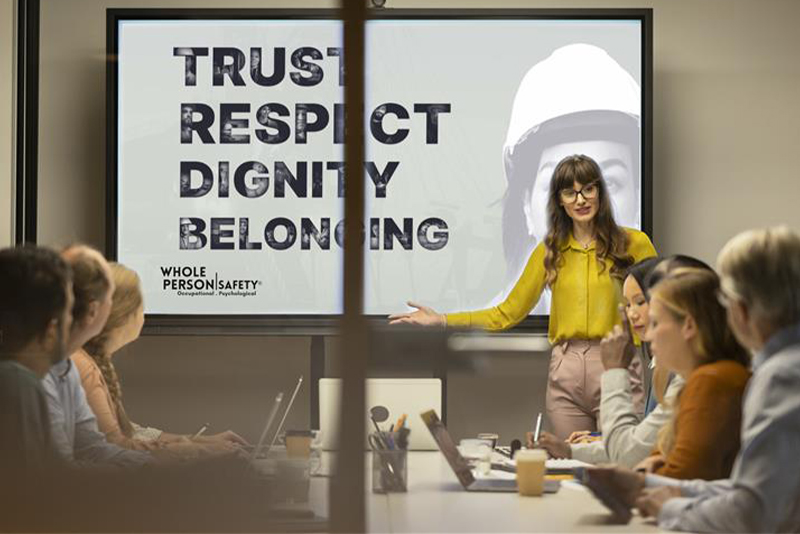
Learn More
Workplace harassment, bullying, and incivility thrive in environments where people are unsure how to intervene. This expert-led training empowers employees and leaders with the skills to recognize, respond to, and prevent misconduct before it escalates. Participants will gain practical intervention techniques, confidence-building exercises, and workplace-specific case studies to help them take action in a way that aligns with organizational policies and Whole Person Safety governance.
At TeamsynerG Global Consulting, we believe that true transformation happens when learning is lived, not just taught.
Our programs are designed to empower organizations with the frameworks, skills, and accountability measures necessary to create lasting, measurable change, not just deliver information. We challenge participants to bring their real-life situations and workplace challenges into the training experience, ensuring they walk away with actionable solutions, not just theories.
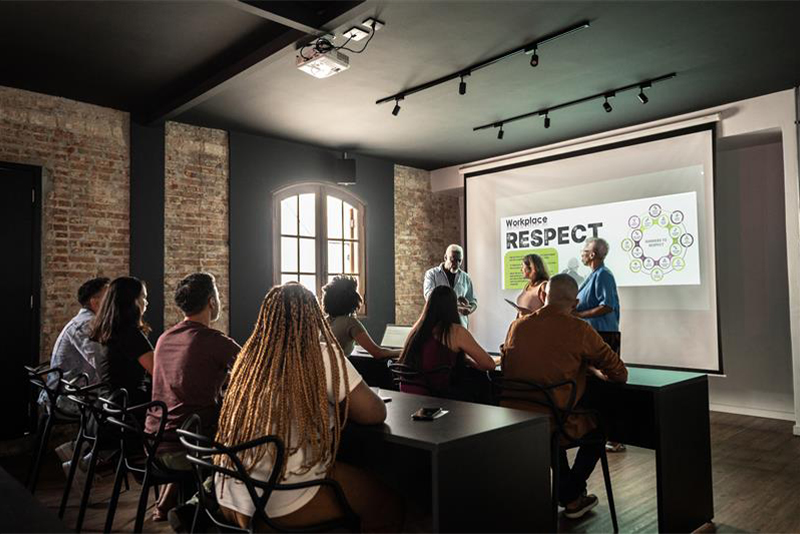
Learn More
Bias, whether conscious or unconscious, impacts decision-making, workplace relationships, and employee engagement. This training helps participants identify, challenge, and mitigate bias at the individual, team, and organizational levels. Using Whole Person Safety as the guiding framework, we provide tools to create inclusive communication, respectful workplace interactions, and policies that prevent discrimination from taking root in company culture.
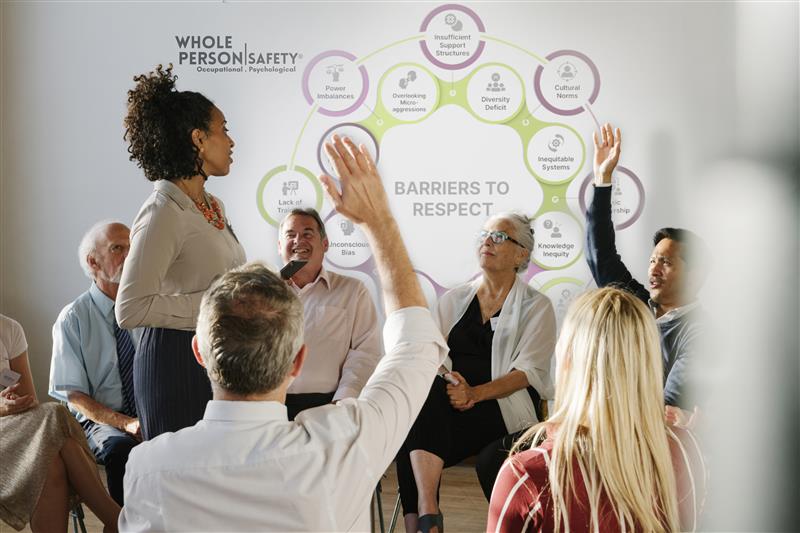
Learn More
Workplace harassment, bullying, and incivility thrive in environments where people are unsure how to intervene. This expert-led training empowers employees and leaders with the skills to recognize, respond to, and prevent misconduct before it escalates. Participants will gain practical intervention techniques, confidence-building exercises, and workplace-specific case studies to help them take action in a way that aligns with organizational policies and Whole Person Safety governance.
Diversity without inclusion is not enough—organizations must actively create cultures where all employees feel valued, respected, and empowered to contribute. This training goes beyond theoretical discussions and equips organizations with tangible EDI strategies that align with business goals, leadership effectiveness, and workplace accountability. Grounded in Whole Person Safety, this program helps organizations implement systemic, measurable changes that create lasting equity, inclusion, and representation across all levels of leadership.

Learn More
Workplace change is inevitable, yet poor change management is one of the leading causes of employee disengagement, resistance, and leadership failure. This training teaches leaders how to communicate, implement, and lead through change with confidence, clarity, and transparency. Using Whole Person Safety as a guiding framework, organizations will learn how to mitigate resistance, foster alignment, and create a culture where change is embraced rather than feared.
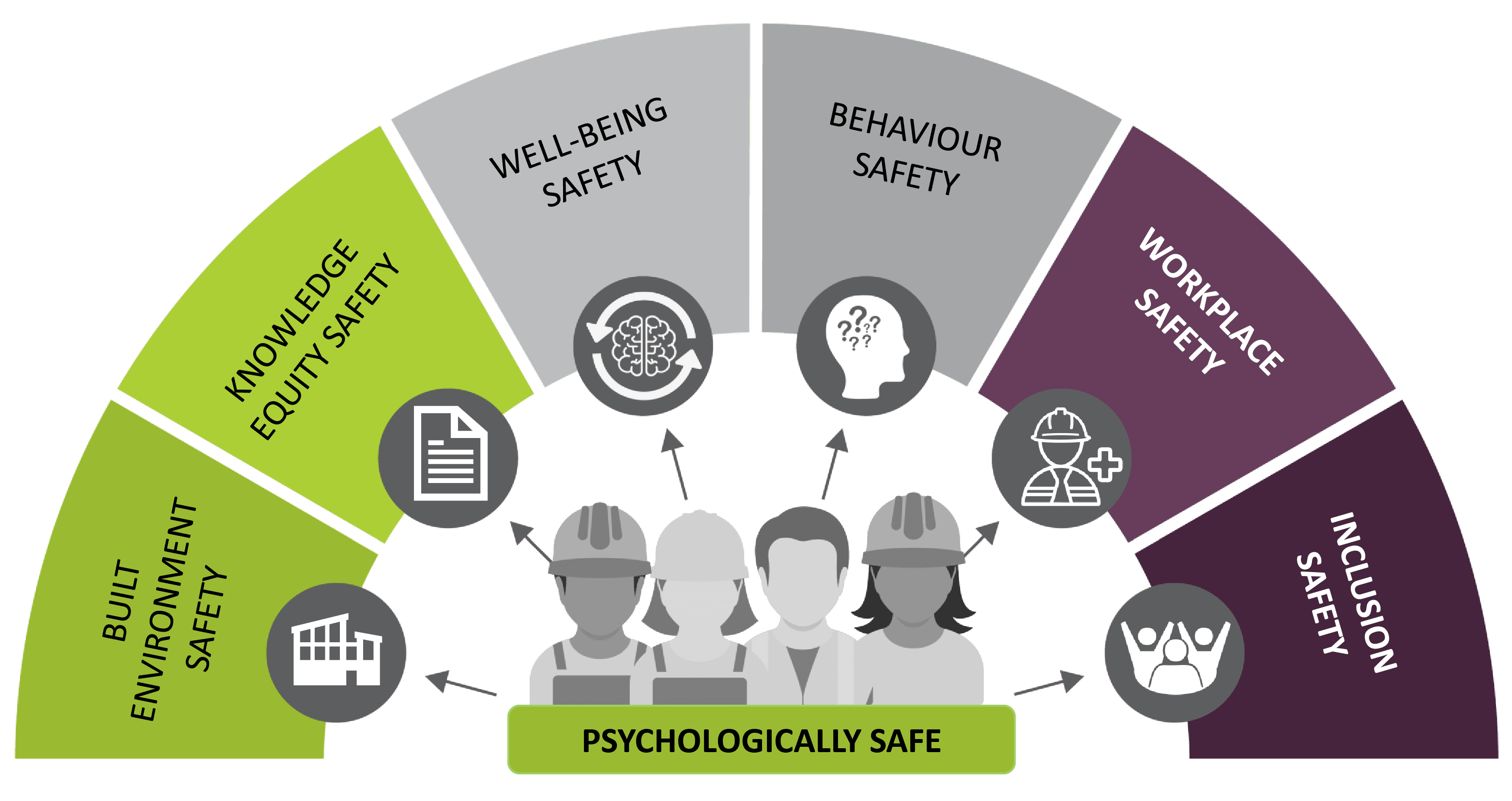
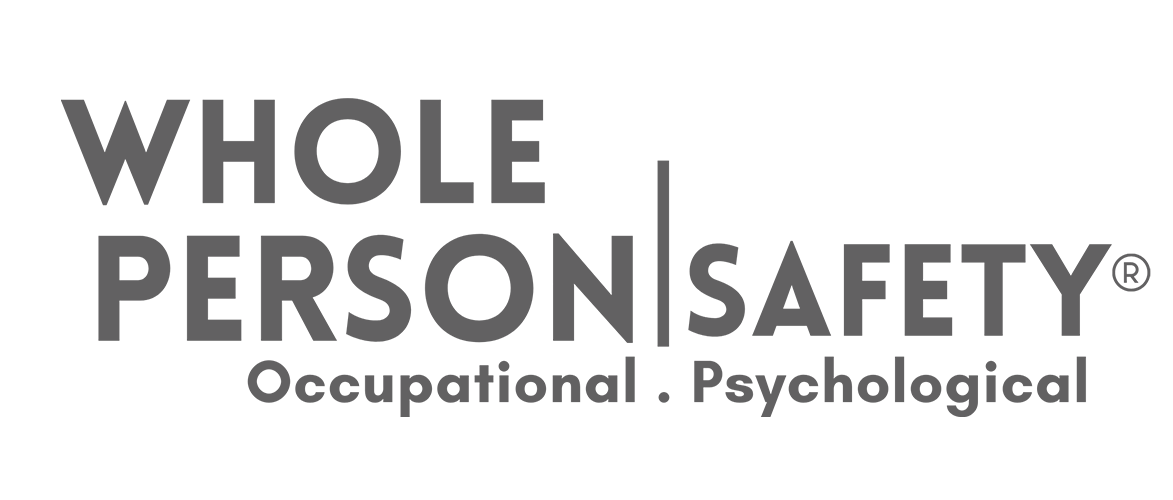

SAFETY BEHAVIORS

Prevention Management Framework
Cultivating a workplace
Free from Fear
In today’s fast-paced and diverse work environments, psychological safety has emerged as a cornerstone for innovative, inclusive, and high-performing teams. At TeamsynerG Global Consulting, we recognize that building and sustaining a psychologically safe workplace will take a new generation of leadership. Leadership that authentically understands the employee experience through the lens of compliance to care. In the last decade, our organization has been leading this work for organizations around the world, transforming workplace environments and seamlessly integrating evidence-based practices through our proprietary methodologies and proven strategies.
With over 75 years of experience in leadership, policy and organizational development and culture engineering we have had the privilege to develop models and proven technology that create sustainable change.
This has allowed our clients to adopt our methodologies that are designed to organically and authentically build trust, respect, inclusion and diversity within their organizational culture. Without psychological safety, diversity, equity and inclusion initiatives will not be possible and therefore making it impossible to create a culture of dignity and belonging.
For this reason, our team of experts are committed to have the leading industries around the globe inherit the power and principles of psychological safety practices, allowing their workforce to trust that they can speak up, share ideas, and express concerns without fear of punishment or humiliation. It’s about creating an environment where employees feel comfortable taking risks, making mistakes, and being themselves. This concept goes beyond the absence of interpersonal conflict; it’s about fostering a culture where candid conversations, creative thinking, and constructive feedback are not just allowed but encouraged and everyone feels valued and supported.






Transforming Workplace Culture with
Psychological Safety Consulting
At TeamsynerG our services are intricately designed to reinforce the foundations of psychological safety within your organization. By addressing the specific needs and nuances of psychological safety through these targeted approaches, we support your organization in creating a work environment where employees feel genuinely supported, valued, and empowered to contribute to their fullest potential.
Creating clear, comprehensive policies that are actionable and explicitly support psychological safety. This includes guidelines for respectful communication, procedures for reporting and addressing psychological harm, and policies that encourage risk-taking and vulnerability without fear of negative consequences.
Incorporating psychological safety as a key element in organizational strategic planning. This involves setting specific, measurable goals around creating a safe, open, and supportive work environment and integrating these objectives into broader business strategies.
Developing Environmental, Social, and Governance initiatives that prioritize employee mental health, community safety, air treatment policies and social performance inclusion programs.
Conducting workshops that train employees and managers in recognizing and fostering psychological safety, covering topics like active listening, empathy, and how to provide supportive feedback that encourages growth and learning.
Offering online courses focused on the principles of psychological safety, such as understanding and managing emotions at work, accountability, building resilient teams, and fostering an environment where speaking up is encouraged and valued.
Providing leadership coaching that emphasizes creating and maintaining a psychologically safe team environment. This includes training on how to respond to team members’ concerns with empathy, encourage open discussions, and lead by example in vulnerability.
Implementing assessment tools specifically designed to measure the level of psychological safety within teams and the organization, allowing for targeted interventions and continuous improvement.
Establishing robust feedback systems that encourage and facilitate anonymous and safe sharing of concerns and suggestions, ensuring that every employee feels their voice can be heard without fear of retribution.
Designing well-being programs that specifically address the psychological aspects of employee health, such as stress management workshops, access to mental health resources, and initiatives that promote a healthy work-life balance.
Providing training focused on building trust and openness through effective communication techniques, teaching employees how to express themselves clearly and listen to others in a way that fosters mutual understanding and respect.
Offering training in conflict resolution with a focus on maintaining psychological safety, teaching employees and managers how to address disagreements in a way that respects all parties’ viewpoints and emotions.
Implementing initiatives that not only promote diversity and inclusion but also tie these directly to creating a psychologically safe environment where diverse perspectives are not just accepted but valued and sought out.
Facilitating Employee Resource Groups that offer a safe space for employees to connect with others who share similar backgrounds or experiences, thereby enhancing the sense of safety and belonging within the organization.
Assisting organizations in managing change while prioritizing psychological safety, ensuring that transitions are handled in a way that is transparent, empathetic, and supportive of employees’ concerns and needs.


Psychologically Safe
Leadership



and Active Listening


Mistakes and Learning from Them
of Applied Behavioral Science"


Constructive Feedback


Celebrate Diversity


Anti-Harassment Policies


Support and Resources


in Emotional Intelligence


and Teamwork


Address Workplace Culture


and Reduce Burnout

Whole-Person Safety Programs:
Key Benefits and Outcomes:
- Create a culture of belonging and achievement
- Inspire and empower your employees
- Create a new level of leadership accountability
- Increase positive engagement
- Educate and train workforce in best practice safety requirements
- Establish new levels of responsibility across all levels of the workforce
- Foster an inclusive workplace culture
- Improve mental health and wellbeing
- Reduce employee turnover
- Boost team confidence and performance
- Identify risks and implement new personal safety standards
- Develop new policies to include everyone
Whole-Person Safety Coaching
Our Whole-Person Safety Coaching program is designed at the leadership level to train and mentor leaders to lead the change. By focusing on training, the leaders in new thinking and behaviour models can then be the example needed to spread throughout the organization. Leaders MUST CONSISTENTLY model what this looks, sounds, and feels like and it is critical that the leaders continually reinforce through their engagement outputs through speaking, writing, acting, and planning have an authentic inclusive and psychologically safe approach. Our on-the-court, real time coaching model develops leaders through project based learn modules and experiential learning implementation. At TeamsynerG Global Consulting we have created customized training and coaching programs based on the leadership level, role, and responsibility within the organization.
Our 4 Step Leadership Psychological Safety Coaching Approach
- Safety Gap Assessment- Access current behaviors and risks that threaten psychological safety
- Design a personal training plan to close the gaps and build capability and capacity
- Facilitate and Coach through experiential learning implementation
- Measure performance and cultural outcomes for continuous improvement, standard, and policy change.
Key Benefits and Outcomes:
- De-risk your communication style and develop inclusive written and oral communication skills.
- Become an authentic, active, and curious listener
- Shift mindset and your leadership approach into a state of "everyone matters" and "no one gets left behind"
- Learn how to become approachable and trustworthy
- Be someone who people feel safe to be around
- Learn the necessary skills to hold others accountable to lead a safe, inclusive culture.
- Learn to identify "bully" behaviours and intimidation tactics
